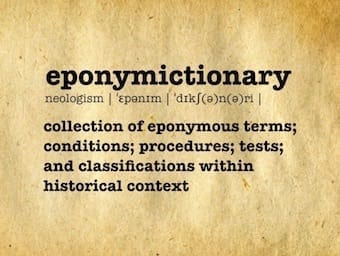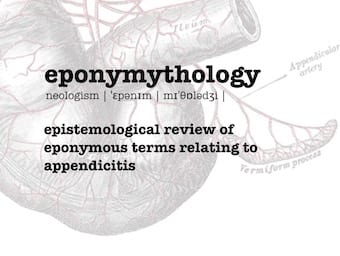
Dressler syndrome
Dressler syndrome: Fibrinous or fibrinohaemorrhagic secondary pericarditis that occurs as a result of injury to the heart or pericardium, either from myocardial infarction (MI) or cardiac surgery. Also known as post myocardial infarction syndrome


